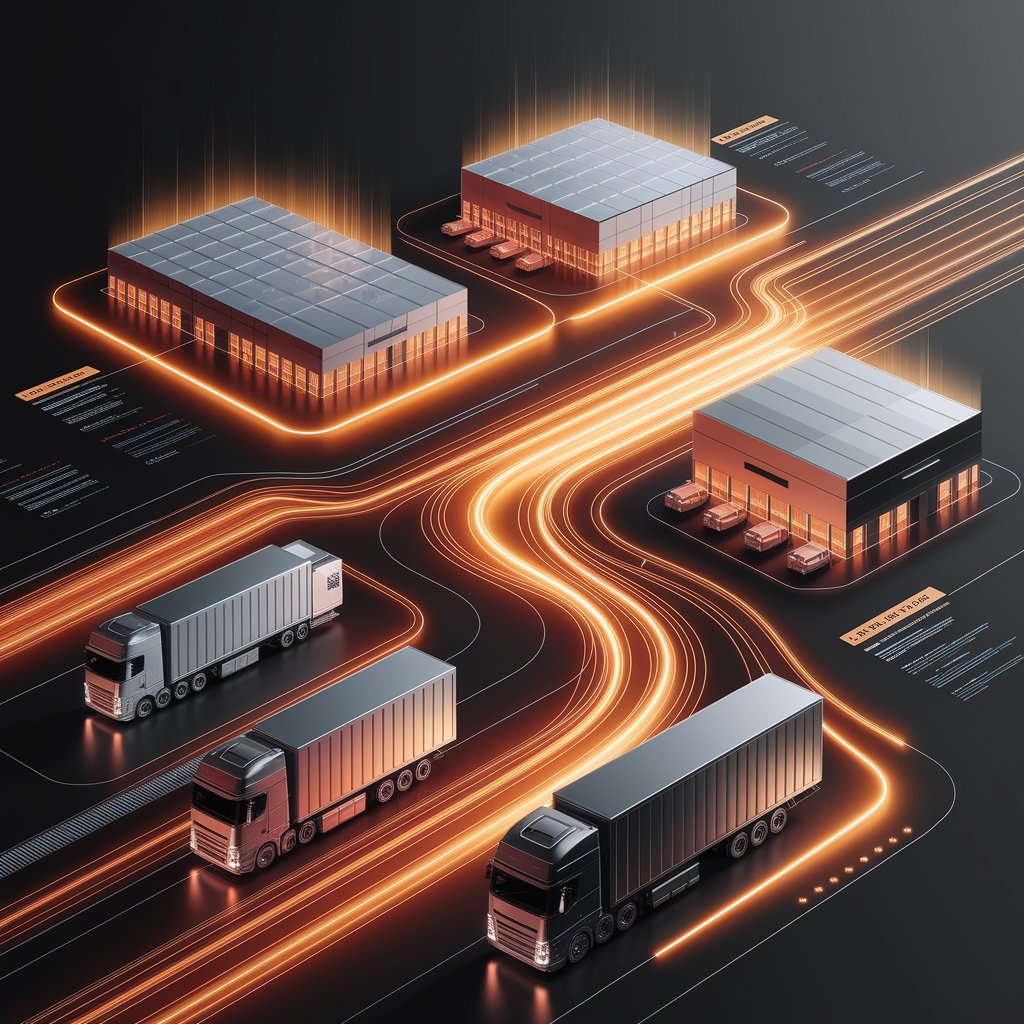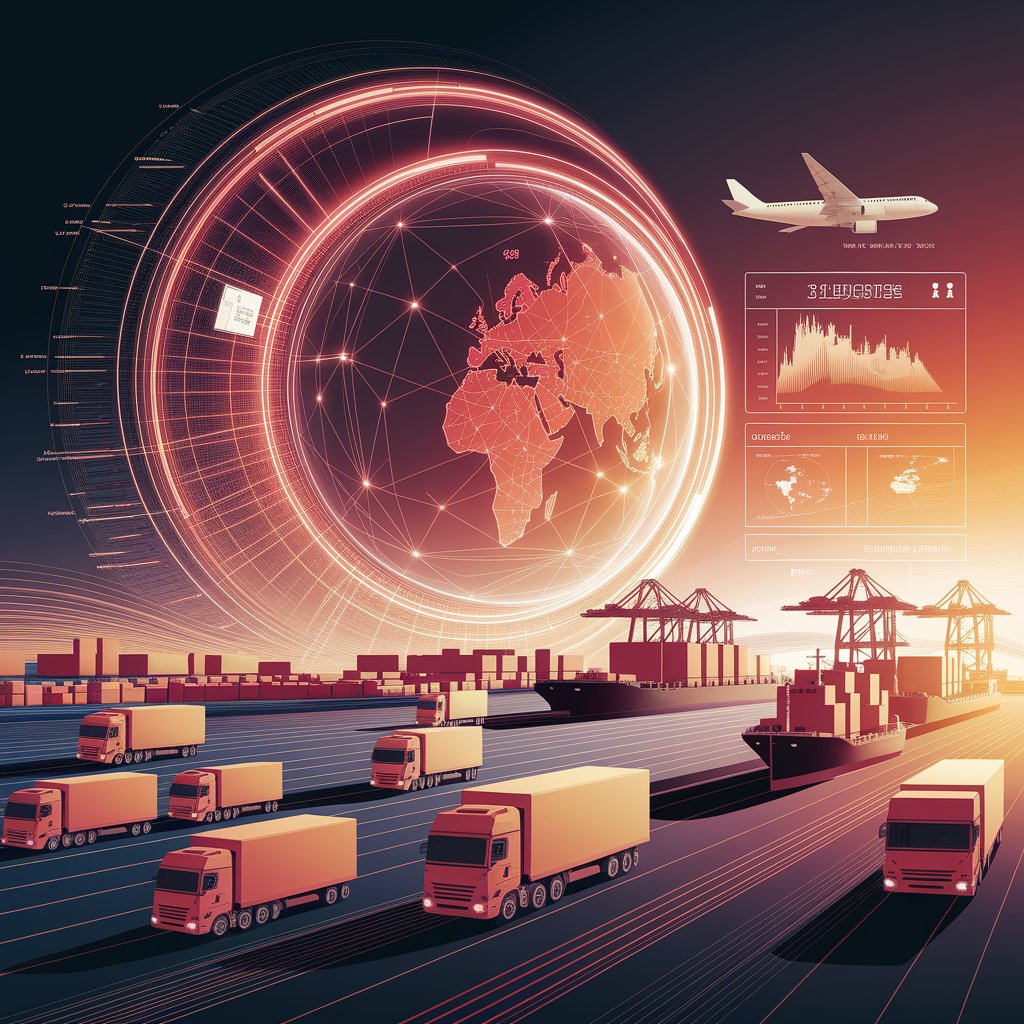Digital Transport Intelligence: Smarter Decision-Making for Global Logistics

Introduction
That’s why companies are embracing digital transport intelligence—a new approach that combines real-time data, AI analytics, and advanced visualization to transform transportation from a reactive function into a proactive strategy driver.
What Is Digital Transport Intelligence?
Digital transport intelligence refers to the integration of big data, artificial intelligence, and predictive analytics into transport operations to enhance visibility, decision-making, and efficiency. It transforms fragmented datasets—such as GPS signals, carrier performance, IoT data, and cost records—into a unified intelligence hub.
The result: real-time visibility and predictive recommendations that empower logistics teams to plan smarter, adapt faster, and execute with greater precision.

Key Features of Digital Transport Intelligence
- Real-Time Visibility – Track shipments, fleets, and cargo across all transport modes.
- Predictive Analytics – Forecast demand fluctuations, congestion, and cost changes.
- Integrated Dashboards – Centralized reporting for carriers, routes, and trade lanes.
- Dynamic Route Optimization – AI recommends the most efficient and sustainable paths.
- Risk & Disruption Monitoring – Early warnings for weather, strikes, or geopolitical events.
- Sustainability Tracking – CO₂ and energy use insights for green logistics strategies.
Benefits of Digital Transport Intelligence 📈
- Efficiency Gains – Eliminate blind spots and optimize asset utilization.
- Cost Savings – Reduce fuel consumption, labor inefficiencies, and idle time.
- Risk Mitigation – Anticipate disruptions and reroute proactively.
- Customer Satisfaction – Deliver accurate ETAs and proactive communication.
- Scalability – Manage global transport operations without proportional cost increases.
- Sustainability – Balance operational efficiency with environmental responsibility.

Real-World Applications
- Freight Forwarders – Gain predictive insights to secure capacity and plan routes.
- Carriers – Optimize fleet usage and reduce empty miles with real-time intelligence.
- E-commerce Logistics – Enhance last-mile visibility and delivery precision.
- Cold Chain Providers – Monitor temperature-sensitive shipments with IoT-driven alerts.
- Global Shippers – Standardize intelligence across regions for consistent performance.
Challenges in Implementing Digital Transport Intelligence
- Data Fragmentation – Multiple carriers and systems may resist integration.
- High Initial Investment – Advanced platforms and IoT sensors require funding.
- Data Privacy Risks – Sensitive cargo and route data must be secured.
- Legacy System Barriers – Older ERP and TMS platforms may not connect easily.
- Change Management – Staff may hesitate to adapt to intelligence-driven workflows.

Best Practices for Success
- Focus on High-Impact Routes First – Apply intelligence where costs and risks are highest.
- Ensure Data Standardization – Clean and unify GPS, carrier, and shipment records.
- Integrate Across Systems – Connect transport intelligence with ERP, TMS, and WMS.
- Leverage Predictive Analytics – Move beyond real-time visibility to forecast future risks.
- Customize Dashboards – Tailor insights for executives, managers, and operators.
- Measure ROI Continuously – Track improvements in cost savings and service reliability.
The Future of Digital Transport Intelligence
- AI-Driven Decision Engines – Automated, self-correcting transport planning.
- Blockchain Integration – Secure, tamper-proof visibility of transport flows.
- Digital Twin Transport Networks – Simulating freight flows for proactive planning.
- Edge AI – Real-time intelligence processed at the fleet and warehouse level.
- Sustainability-First Intelligence – AI balancing cost, speed, and carbon reduction.
Conclusion
Digital transport intelligence is transforming logistics by turning fragmented transport data into a unified, predictive, and actionable resource. By improving visibility, reducing costs, and enhancing resilience, it empowers companies to move from reactive firefighting to proactive strategy.
For freight forwarders, carriers, and global shippers, adopting digital transport intelligence isn’t just a tech upgrade—it’s a competitive necessity in a world of complex and fast-changing supply chains.
